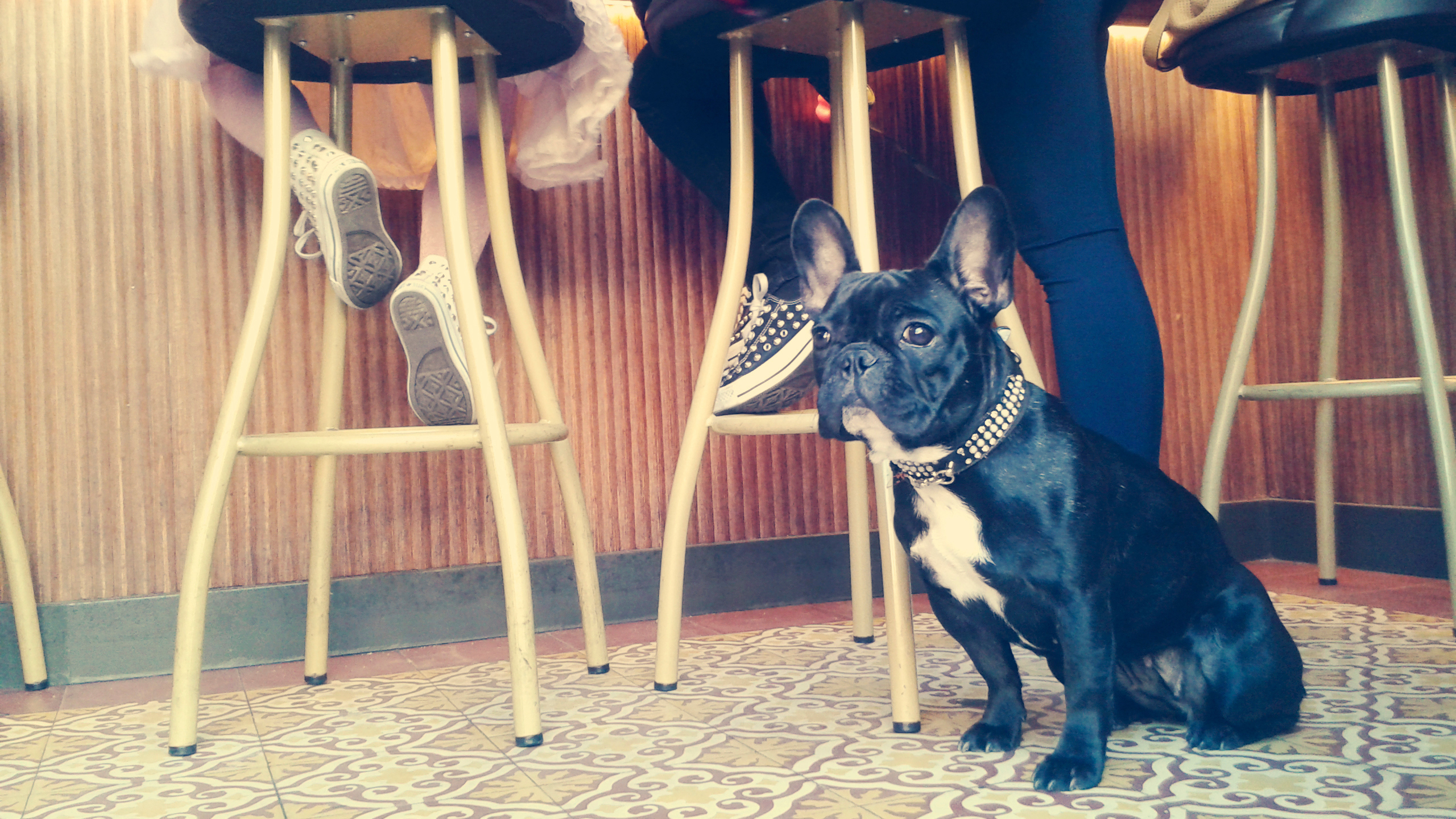A Craft Beer Bar With Dogs You Can Adopt: Shut Up And Take My Money
We've had cat cafés for a bit now, and Japan has its owl cafés, too; but what about man's best friend? Wherefore the dog bars?, I wail into the dark night.
Sure, there are dog-friendly pubs, but what good are those to a dogless individual? Maybe they'd like to borrow a pupperino or doggo for a few hours of IPAs and snoot booping.
That's all on the menu at Portland, Oregon's Fido's, a "dog tap house" grand opening on February 13 with craft beer and adoptable shelter dogs. Goddamn genius, I say.
The establishment is half-bar, half-foster home for homeless pets. Forty taps pour beer, cider, and wine, while a "day room" offers a place to play with dogs placed there by Oregon Friends Of Shelter Animals. TVs will broadcast sports during major games, but the rest of the time, they'll be tuned to dog videos. You can bring your own dog, too, but they must remain on the patio and not inside the actual bar.
There's a high novelty factor here, but the tap lineup actually looks solid: It's currently showing hoppy gems from Boneyard Brewing and Breakside; Modern Times' fruited-up gose; pFriem's outrageously solid pilsner (please try this beer if you haven't already); and ciders from Reverend Nat's and Seattle Cider.
Essentially, this bar is taking the best of my own house—great beer in the fridge, a snuggly black Labrador—and making it a social experience. I'm at a loss to find a downside here. I guess it would suck if you have allergies.
